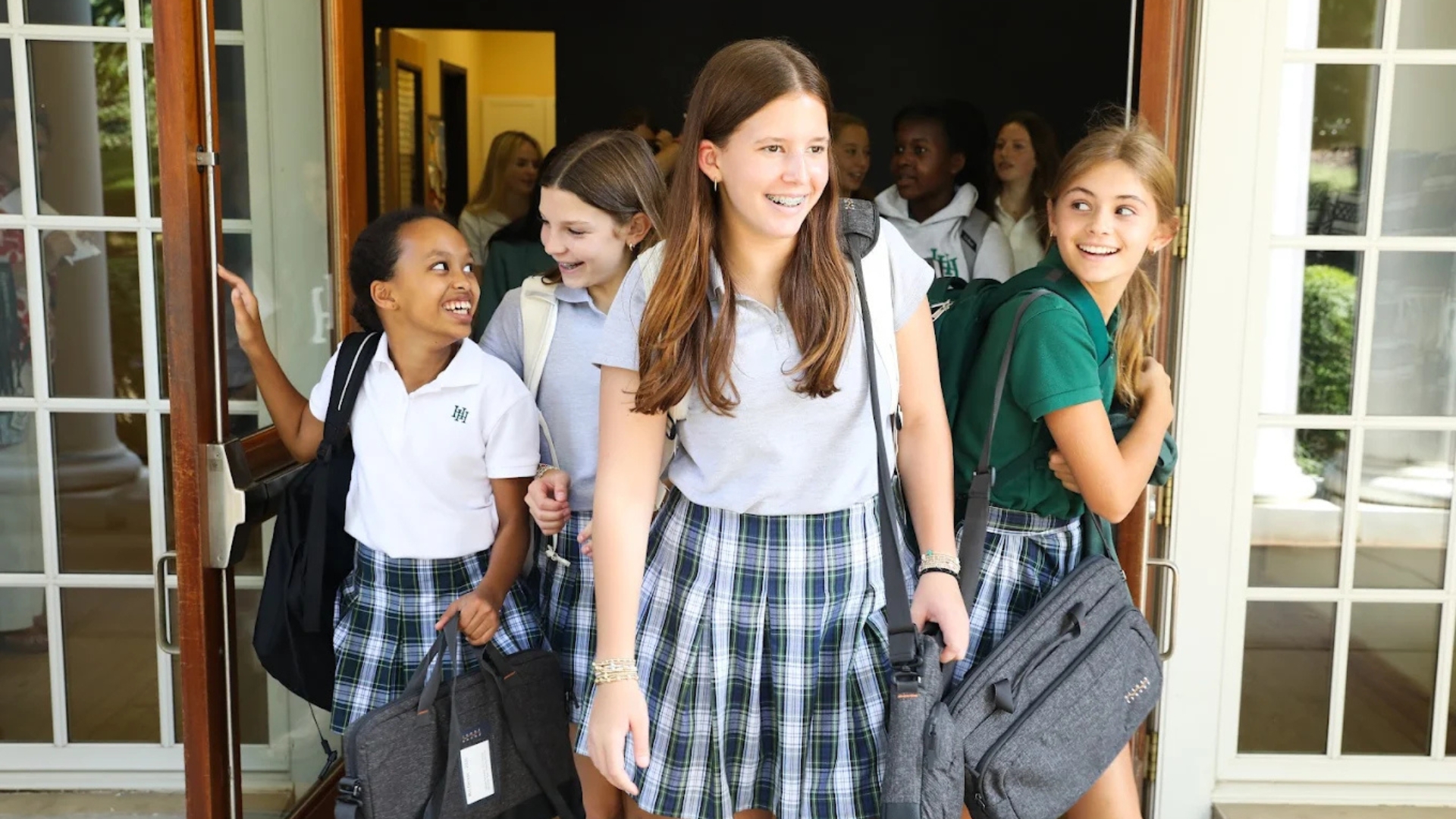When Molly Rumsey reflects on emergency preparedness at The Harpeth Hall School, she describes a transformation that goes far beyond adopting new technology. As Director of Information Services at the Nashville all-girls school serving 730 students in grades 5-12, she oversees both the library and technology department. She's witnessed firsthand how integrated systems can turn a multi-step, anxiety-inducing process into something her staff can execute with genuine confidence.
The challenge she faced isn't unique to Harpeth Hall. It's one that resonates across independent schools nationwide: having all the right safety tools in place, yet watching staff struggle to coordinate them all when seconds matter most.
When Good Systems Don't Work Together
Before implementing integrated emergency systems, Harpeth Hall had established solid safety protocols. They could make PA announcements. They could send emergency alerts via email and text. They had attendance tracking procedures. Each component worked independently, and that was precisely the problem.
"We had systems in place that were good," Molly explains. "Where I found there was a bit of a gap is it wasn't all integrated. And so there were several steps involved, and so it just wasn't quite as efficient as it could have been."
During an emergency, this lack of integration meant someone had to trigger the PA system, another person had to activate the alert platform, and staff had to coordinate attendance tracking, all while managing the actual crisis response. The systems worked in the moment, but Molly knew they could do better.
What made the situation even more complex were scenarios where students weren't all in one location, like tornado drills or lockdown situations. Teachers could easily account for their assigned classes, but Molly, as the librarian, might have students present who didn't have a scheduled class. The reporting process involved emailing updates about who was accounted for, who was missing, or who showed up unexpectedly, creating potential gaps in a true emergency.
The Moment That Changed Everything
The urgency to find a better solution intensified in 2023 when Nashville experienced a fatal school shooting just a mile from Harpeth Hall's campus. The tragedy heightened everyone's awareness of how quickly schools need to communicate and account for every person on campus.
"That really heightened, understandably, everyone's awareness of what we need to be able to do and how quickly we need to be able to do things," Molly shares. "And so that's when I really dug in seriously and said, you know, we've got to find a solution that is going to serve us better than what we had and hopefully take some of the systems that we already had in place and then streamline them."
The Power of True Integration
Once Harpeth Hall set up Ruvna's webhooks capabilities, their emergency response transformed entirely. The webhooks feature that Molly describes as a “complete game-changer” allows the school to coordinate multiple communication channels seamlessly.
The webhooks integration changed everything. Now, when Molly opens the Ruvna app and starts a fire drill, the system automatically triggers a pre-recorded PA announcement specifically for that event type. If teachers are using projectors in their classrooms, the system stops the projection and displays the appropriate graphic on the screen. Simultaneously, text messages and emails go out, and the event begins in Ruvna, all from one button press.
"We've been able to go from two or three steps to using the tool to one button and it does all of those things at one time," Molly explains. "And so that has helped our teachers feel a sense of more continuity."
Building Confidence Through Consistency
The impact of this streamlined approach extends beyond operational efficiency. It addresses something deeper that affects the entire school community: confidence during crisis.
Molly recalls an incident from last spring, before they had fully implemented the webhooks feature. There was a delay between the initial PA announcement and when they activated Ruvna because the crisis team was gathering more information before sending detailed alerts. That gap, though made for good reasons, created anxiety among staff who heard the announcement but then waited for more information.
"Our teachers really felt there was some angst and some worry, understandably," Molly shares.
Now, with webhooks in place, teachers know that when they hear or see an alert through any channel, more information will follow immediately through multiple redundant pathways. Molly has trained her staff to expect that initial alerts might be brief, but comprehensive information is already on its way through the integrated system.
"They're just able to get information more quickly," she notes. "And that has helped folks feel like, okay, when something happens, they're able to alert us multiple ways."
The Reality of Redundancy
One of Molly's favorite aspects of the webhooks integration is how it builds in natural redundancy, multiple alert methods triggered simultaneously rather than sequentially. She's realistic about technology: "It's rare that everything works seamlessly every time."
But with webhooks, if a teacher is in a spot on campus where they can't quite hear the PA announcement, they know they're getting the alert on their phone and via email. "Those redundancies help folks exhale just a touch knowing they're going to get an alert somehow," Molly explains.
This peace of mind isn't just theoretical. It's grounded in the reality that technology can fail, people can be in the wrong place at the wrong time, and emergencies don't follow neat scripts. By having multiple alert methods triggered automatically through webhooks, Harpeth Hall has created a safety net that accounts for real-world complexity.
Beyond Emergency Response
The integration benefits extend to other aspects of school operations as well. Harpeth Hall recently added Ruvna's visitor management system, which Molly describes as "another layer of security" that ensures visitors on campus receive the same emergency alerts as everyone else and can be accounted for just as easily during a crisis.
As someone who oversees the technology department, Molly appreciates having "one less tool, one less thing to manage."
A Model for Strategic Integration
Harpeth Hall's experience offers a roadmap for other schools grappling with disconnected safety systems. Their journey demonstrates that integration isn't about replacing functional systems. It's about connecting them in ways that serve your school community better.
As schools across the country continue to refine their emergency preparedness, Molly's experience highlights a crucial insight: the most sophisticated safety plan means little if executing it requires juggling multiple platforms under pressure. True preparedness comes from systems that work together seamlessly, allowing staff to focus on people rather than technology when it matters most.
If you're interested in learning more about how disconnected systems impact school operations, join us for our upcoming Connected Schools webinar, "The Integration Imperative: Why Disconnected Systems Are Stealing Your Most Valuable Resource" on November 19 at 1pm EST.
Ready to Streamline Your Emergency Response?
See how Ruvna's integrated platform can transform your school's emergency preparedness from multiple steps to one seamless process. Schedule a personalized demo today to discover how schools like Harpeth Hall are building confidence through true system integration.
Latest articles

The Complete Emergency Management Buyer's Guide: Your Roadmap to Confident Safety Decisions

2025-2026 School Safety Grant Guide: Your Roadmap to Funding Technology That Matters



